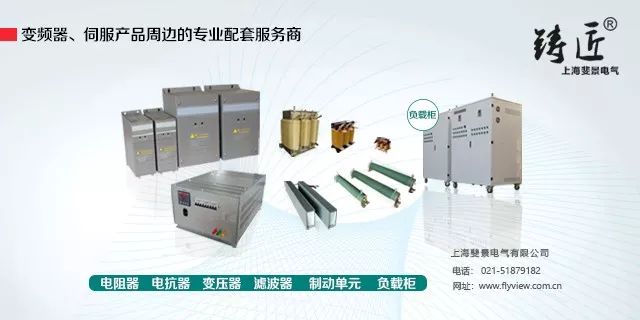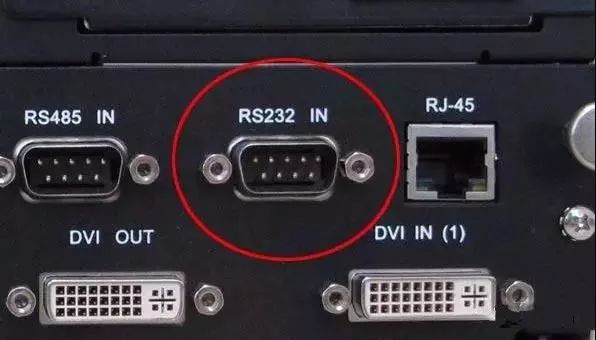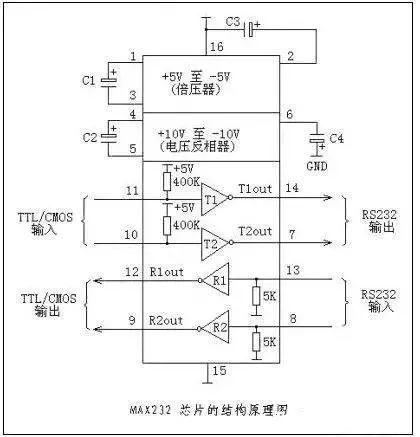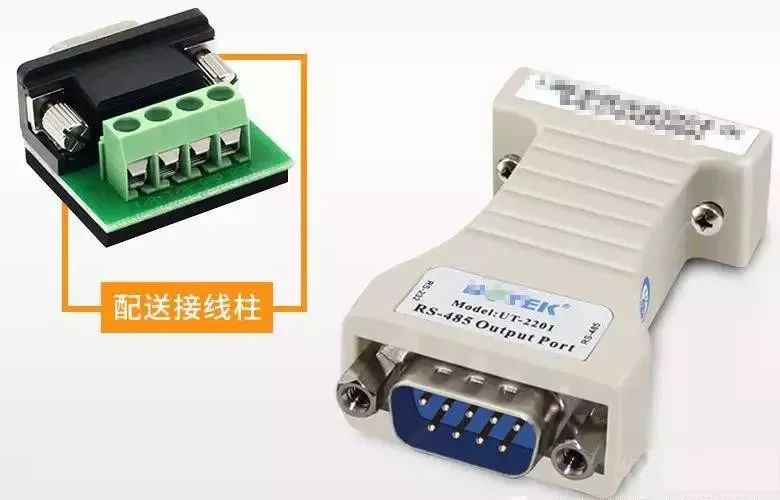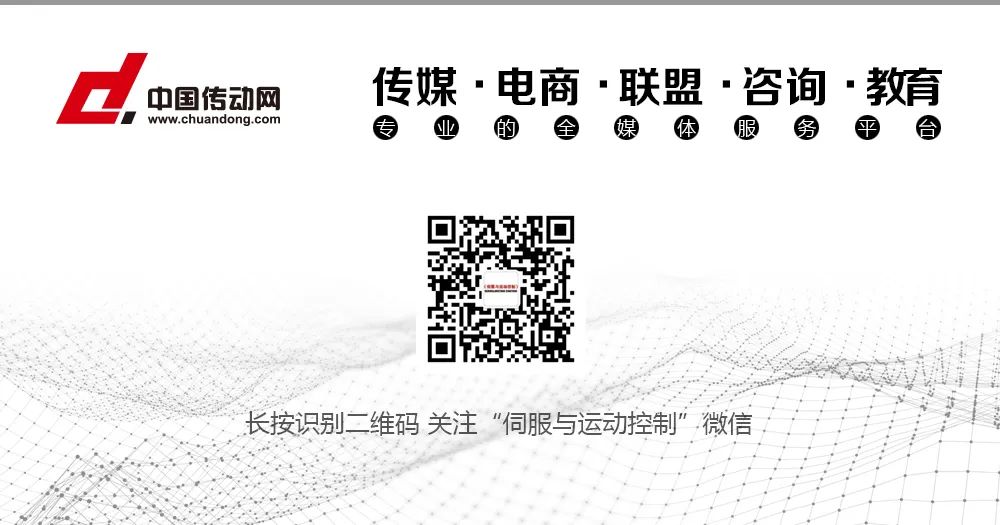Click the blue text to follow Servo and Motion Control
RS232 and RS485 are common interfaces in low-voltage electronics. Many friends have mentioned the differences between them, so today let’s explore them together.
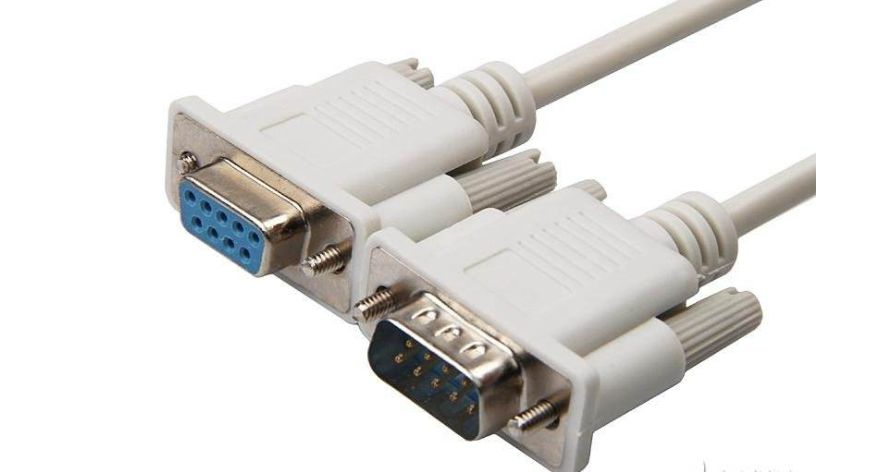
1. Physical Structure of the Interface
RS-232 uses an unbalanced transmission method, known as single-ended communication. In contrast, RS485 employs balanced transmission, which is a differential transmission method. The transmission distances differ; RS-232 is suitable for communication between local devices, with a transmission distance typically not exceeding 20m. RS-485 allows for multi-point communication on the bus, enabling connection of up to 128 transceivers. RS-232 is defined as a single-ended standard that increases communication distance in low-speed serial communication.
The connector used is a DB-25, a 25-pin socket. Some devices connect to a PC using the RS-232 interface without using the transmission control signals, requiring only three interface lines: “send data”, “receive data”, and “signal ground”. Thus, a DB-9, a 9-pin socket, is used, with transmission lines employing shielded twisted pair cables.
RS485 does not have a specific physical shape and is adapted to the actual engineering situation.
2. Electronic Characteristics of the Interface
1. RS232: Transmitted Signal Levels
The signal level values of the interface are relatively high (signal “1” is “-3V to -15V”, signal “0” is “3 to 15V”), making it easy to damage the interface circuit’s chip, and because it is not compatible with TTL levels (0~”<0.8v”, 1~”>2.0V”), a level conversion circuit is needed to connect with TTL circuits. Additionally, it has poor anti-interference capability.
2. RS485: Transmitted Differential Signals
Logic “1” is represented by a voltage difference of + (2—6) V between the two lines; logic “0” is represented by a voltage difference of – (2—6) V. The interface signal level is lower than that of RS-232, making it less likely to damage the interface circuit’s chip, and this level is compatible with TTL levels, allowing for easy connection with TTL circuits.
3. Communication Distance
RS232 has a limited transmission distance, with a maximum standard transmission distance of 15 meters, and can only support point-to-point communication, with a maximum transmission rate of 20kB/s.
RS485 has a maximum wireless transmission distance of 1200 meters. The maximum transmission rate is 10Mbps, and the maximum communication distance can only be achieved at a transmission rate of 100Kb/S. Using impedance-matched, low-loss dedicated cables can achieve up to 1800 meters! Beyond 1200 meters, repeaters can be added (up to 8), allowing transmission distances close to 10Km.
4. Multi-Point Communication Support
RS232: The RS232 interface only allows for connection of 1 transceiver on the bus, which does not support multi-station transceiver capability, thus only allowing point-to-point communication without multi-point communication.
RS485: The RS485 interface allows for connection of up to 128 transceivers on the bus. This provides multi-station communication capability, enabling users to easily establish a device network using a single RS485 interface.
5. Differences in Communication Lines
Can use three-core twisted pair cables, three-core shielded cables, etc.
Can use two-core twisted pair cables, two-core shielded cables, etc.
In low-speed, short-distance, and non-interference situations, ordinary twisted pair cables can be used; otherwise, at high speed and long-distance transmission, dedicated RS485 cables with impedance matching (generally 120Ω) must be used (STP-120Ω for RS485 & CAN, one pair 18AWG), and in environments with severe interference, armored twisted shielded cables (ASTP-120Ω for RS485 & CAN, one pair 18AWG) should be used.
Since the RS232 transmission distance is only 15 meters, what is its use?
In fact, it has a wide range of applications, such as connecting various devices like monitoring systems and other equipment upgrades or debugging, which may require it. Its function is quite similar to USB, and with the increasing prevalence of USB ports, more devices that convert USB to RS-232 or other interfaces will emerge.
Through the USB interface, more RS-232 devices can be connected, not only achieving higher transmission speeds and true plug-and-play capabilities but also solving the drawback of USB interfaces not being able to transmit over long distances (USB communication distance is within 5 meters).Additional Information:1. RS-232 is defined as a single-ended standard that increases communication distance in low-speed serial communication. 2. RS-232 uses an unbalanced transmission method, known as single-ended communication. The data signal at the receiving and transmitting ends is relative to the signal ground, such as when data is sent from a DTE device using a DB25 connector, pin 2 is relative to pin 7 (signal ground). 3. The typical RS-232 signal oscillates between positive and negative levels, and when sending data, the sender’s driver outputs a positive level of +5 to +15V and a negative level of -5 to -15V. When no data is being transmitted, the line is at TTL level, and from the start of data transmission to the end, the line level transitions from TTL level to RS-232 level and back to TTL level. 4. In response to the shortcomings of the RS232 interface, new interface standards have continuously emerged, with RS-485 being one of them. It has the following characteristics: (1) The electrical characteristics of RS-485: Logic “1” is represented by a voltage difference of + (2—6) V between the two lines; logic “0” is represented by a voltage difference of – (2—6) V. The interface signal level is lower than that of RS-232, making it less likely to damage the interface circuit’s chip, and this level is compatible with TTL levels, allowing for easy connection with TTL circuits. (2) The maximum data transmission rate of RS-485 is 10Mbps. (3) The RS-485 interface uses a combination of balanced drivers and differential receivers, enhancing common-mode rejection capability, thus improving noise immunity. (4) The maximum standard transmission distance for the RS-485 interface is 4000 feet, and it can actually reach 3000 meters. In addition, the RS-232 interface only allows one transceiver to be connected on the bus, which is a single-station capability. In contrast, the RS-485 interface allows for connection of up to 128 transceivers on the bus, providing multi-station capability, enabling users to conveniently establish a device network using a single RS-485 interface.
Popular Articles
2020 Industrial Expo: Four Major Trends Leading Automation Transformation
Overview and Control Principles of Servo Systems
How to Connect a Two-Phase Stepper Motor to a Driver?
Why Do Precision Machine Tools Need Scraping?
August Motion Control New Products Collection
Special Note: The materials for this article are sourced from the network and only represent the views of the original author. Copyright belongs to the original author! After collection and organization by the editor, it is shared for learning with everyone! If you believe that certain content infringes on your rights, please contact the editor! We will verify and correct it immediately!
